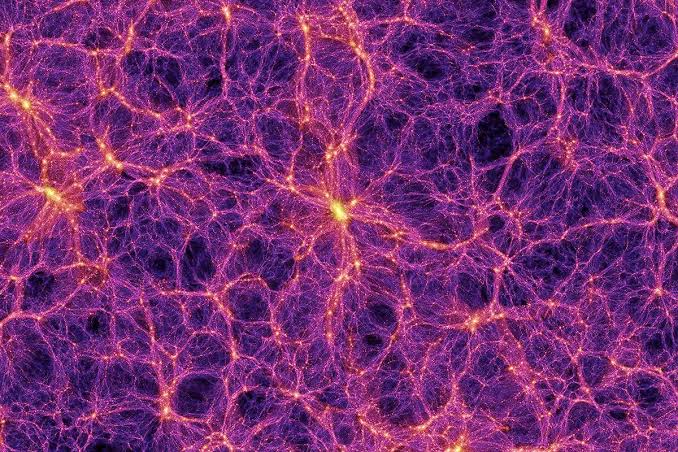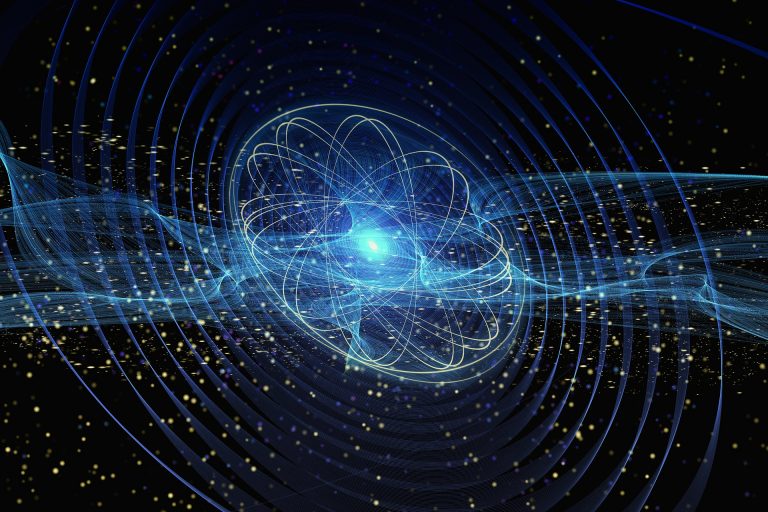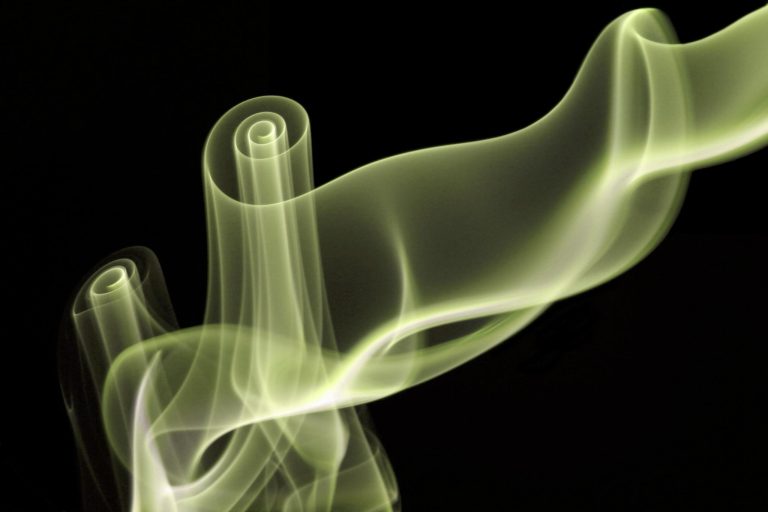While being conscious can seem to be our most fundamental trait as humans, it is also the most mysterious part of our lives. Exploring consciousness and its non-material nature has posed a challenge to philosophers and scientists throughout history, who recognized that its existence cannot be proven but only intuited.
“There’s a gap in our picture of the universe. We know what matter does but not what it is. We can put consciousness into this gap.”
Arthur Eddington
Consciousness has been described as “awareness,” “cognition,” “mind” and “volition.” It has also been linked to introspection, thought and the ability of self-reflection. In a broad sense, it is often understood as the perception of one’s existence and sentience of one’s surroundings.
The numerous failed attempts to explain consciousness have led prominent members of the scientific community to rethink the way this phenomenon is being studied. The new approach would dismiss not only the idea that consciousness is exclusive to human beings but also the deeply rooted notion that common sense is the fundamental guide to understand the Universe.

Everything is conscious: Panpsychism
The theory of Panpsychism holds that consciousness is a fundamental feature of physical matter. It explains that every single particle that makes up matter is endowed with simple forms of consciousness, and that complex forms of consciousness are created when these small particles come together. Thus, human consciousness is the aggregation of small conscious particles.
Success
You are now signed up for our newsletter
Success
Check your email to complete sign up
Yet we are faced with a dilemma. Does it mean that every inanimate object has a worldview? Hedda Hassel Mørch, associate professor at Inland Norway University of Applied Sciences, explains: “Panpsychists usually don’t take tables and other artifacts to be conscious as a whole, rather, the table could be understood as a collection of particles that each have their own very simple form of consciousness.”
The belief that mentality is fundamental in the natural world is one of the oldest philosophical theories in human history. In the East, the Daoist philosophy already referred to the Extended Mind centuries ago, while in the West, clear indications of panpsychist doctrines are evident in early Greek thought.

Alternative explanations to the nature of things
Traditionally, two philosophical views have attempted to explain the fundamental nature of the Universe. Materialism, on one hand, affirms that all that exists is completely derived from physical matter. Then, the human consciousness and will and the course of history, are all dependent on physical processes and even reducible to them.
The Materialist theory states that only statements verifiable through direct observation or logical proof can count as real or true. However, philosophers from the emerging Structural Realism, have noted that the materialist view explains only the form or structure of matter and not its nature.
In other words, Materialism cannot explain the underlying non-structural elements that constitute matter, including consciousness. “It’s very hard to get consciousness out of non-consciousness. Physics is just structure. It can explain biology, but there’s a gap: Consciousness,” said David Chalmers, a philosopher at New York University.
On the other hand, Dualism recognizes the existence of the mind by declaring that it is distinct and separable from matter. René Descartes, one of the main exponents of this theory, claimed that the mind was not only distinct from the brain but also the source of all consciousness and self-awareness. Thus, this philosopher validated the existence of the intangible.

Although the Dualist perspective moves a step closer towards the understanding of consciousness, its limitation lies in the disunified picture of nature it offers. By radically distinguishing between mind and body, it leaves unexplained how these two components interact, and how the intangible has an effect on our physical world.
The Combination Problem
In this context, Panpsychism seems to shed some light on the issue. By stating that consciousness is an inherent trait of matter, it validates the existence of nonphysical elements that Materialism rejects, and explains the unified conception of nature that Dualism opposes.
However, a question prevents this theory from completely solving the puzzle: precisely how do small particles of consciousness collectively form more complex consciousness? In other words, which complex systems – from inanimate objects to animals – count as conscious? This inquiry is what academics refer to as the Combination Problem.

In 2004, the neuroscientist and psychiatrist Giulio Tononi proposed one of the most popular and credible theories to solve this problem: the Integrated Information Theory. Tononi indicates that a system will have “consciousness” only if the information contained within its structure is “integrated” or “unified” to such an extent that the whole is more than the sum of its parts. This theory is still in development and has prevented the Combination Problem from undermining the validity of Panpsychism.
From a general perspective, Toroni studies Consciousness from a bottom-up perspective, that is, he takes individual conscious particles as the starting point, and explains the existence of complex organisms as the grouping of these particles. But, what if the Universe is a whole consciousness from which everything else derives? This top-down perspective has also been considered.
Changing Perspective
The view that the Universe is a top-down creation, removes human beings from the center of the issue of consciousness and defines us as particles that make up a single unified system. The application of this concept could be illustrated as follows: if we, human beings, are the fundamental conscious particles, then our aggregation creates a more complex form of consciousness: the Universe.
How can we be the integrating parts of a bigger form if we are not “unified” or “integrated” as Tononi’s Integrated Information Theory indicates? Phillip Goff, a British philosopher and consciousness researcher, believes that Quantum Physics may have the answer.
The physical phenomenon of Quantum Entanglement describes that certain particles behave as a unified system even when they are separated by large distances. This suggests that even though we do not move uniformly and even if we are separated from each other, we can still act as the collection of conscious particles of a fundamental whole.

As inconceivable as it sounds, the scientific community is not willing to dismiss this idea. “Why should we think common sense is a good guide to what the universe is like?” says Goff, “Einstein tells us weird things about the nature of time that counters common sense; quantum mechanics runs counter to common sense. Our intuitive reaction isn’t necessarily a good guide to the nature of reality.”
The belief that consciousness is a fundamental and omnipresent feature of matter has been a crucial component of the way numerous civilizations understood life and the Universe.
In ancient India, the Buddha proposed the idea that the world we live in is just one of thousands in a larger universe, which itself would seem like a tiny particle within a still larger realm of existence. Conversely, the particles that we consider microscopic would appear to be as large as celestial bodies to the beings at an even more microscopic dimension. To try and fathom the depths at either extreme seems impossible.

Our quest to find the simplest form of consciousness is not less complex. In order to understand where the feeling of “self- awareness” first appears and what its greatest manifestation is in this physical world, one shall consider from the utmost minuscule particles to the vastest cosmic bodies in and beyond our Milky Way. Although our physical eyes pose limitations to see beyond molecules and planets, our intuition of the immensity of the Universe may help us grasp what lies beyond our common sense.
The realization that humans can be a collection of conscious particles, the constituting particles of a conscious whole, or both; has led credible scientists such as Christof Koch and Roger Penrose to believe that the nature of matter is still an enigma to humankind. By rethinking the way we study reality, we may be able to understand the mysteries of the Universe and perhaps find out that former inhabitants of our planet might have discovered the answer already.













